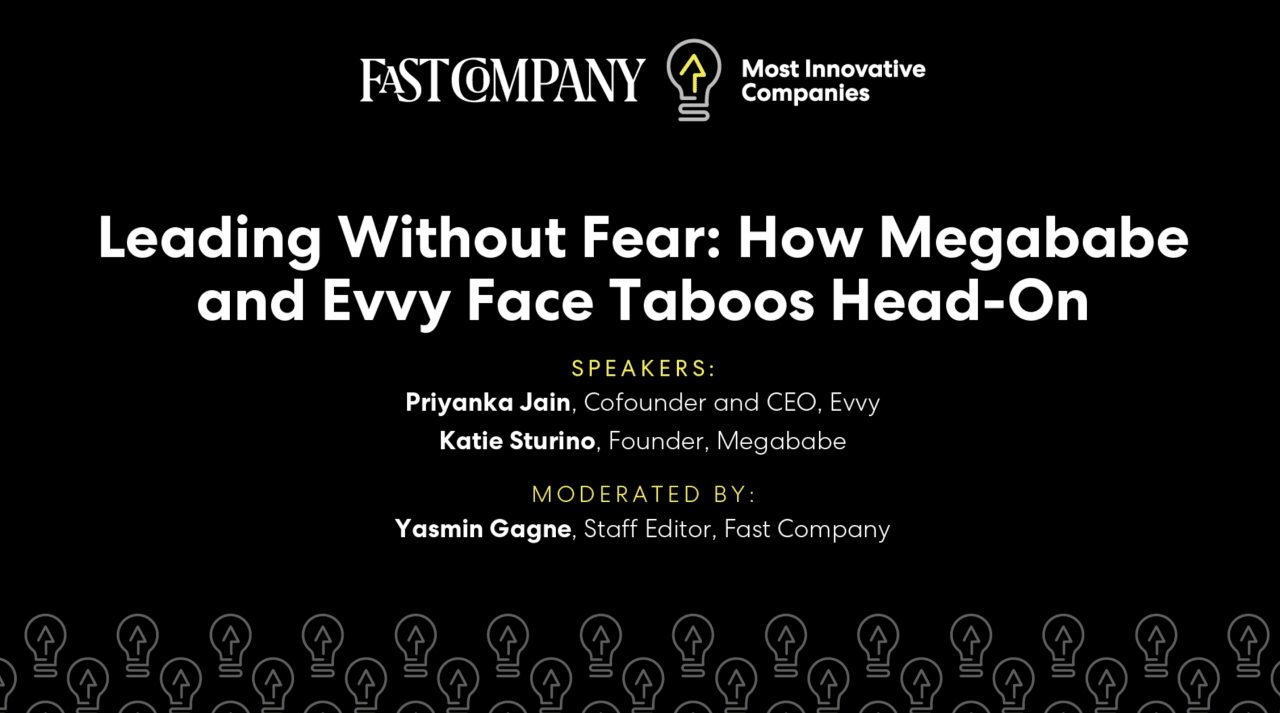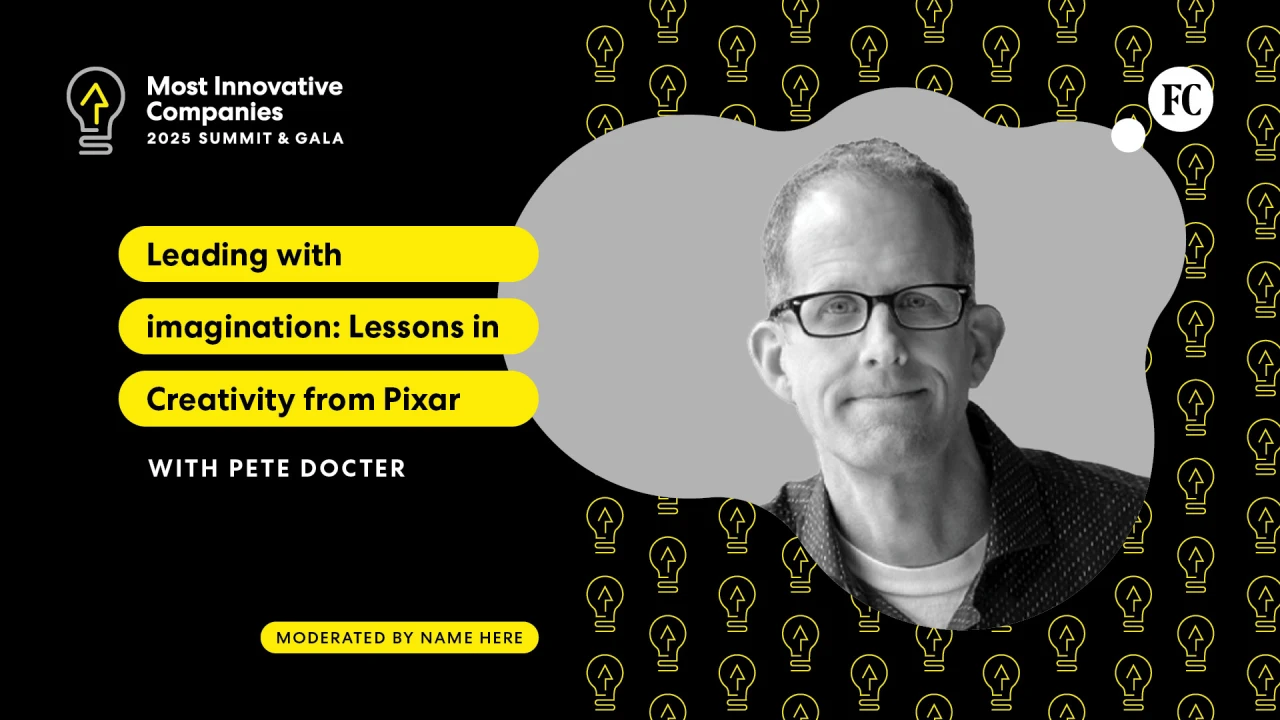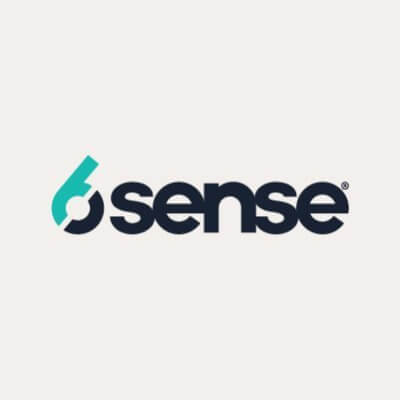Why AI Is Making 1:1 Meetings Irrelevant
For decades, the one-on-one meeting has been a sacred ritual of managerial life. It’s the office equivalent of a treadmill session: repetitive, well-intentioned, and mostly endured out of guilt. Conventional wisdom says every manager should have regular 1:1s with their direct reports to build trust, boost engagement, and drive performance. However, as work evolves—with a faster pace, flatter structures, hybrid and asynchronous communication, AI tools that manage tasks more efficiently than most humans ever will—it’s worth asking: Do we still need all these 1:1s? A Brief History In the early 20th century, Frederick Taylor’s influential Scientific Management (1911) introduced the idea of optimizing work through detailed observation and individual instruction. While strictly not “1:1 meetings” in a modern sense, this era laid the groundwork for formal manager-employee check-ins, focused almost exclusively on productivity and control. Similarly, military hierarchies institutionalized briefings and debriefings—structured one-on-one conversations that inspired corporate management systems, especially during and after WWII. Think of it as command-and-control performance reviews, with little space for career development or psychological safety. After WWII, workplace psychology gained prominence. The famous Hawthorne Studies showed that individual attention improved morale and productivity. This era birthed the “manager as coach” concept, which has recently reemerged in the form of Herminia Ibarra’s leader as coach. In 1960, Douglas McGregor’s Theory Y reframed employees as intrinsically motivated individuals rather than passive workers. In this context, 1:1 meetings began to evolve into opportunities for feedback, mentorship, and development, especially in management training programs pioneered by companies like GE, IBM, and Procter & Gamble. With the decline of manufacturing and the rise of the knowledge economy, especially in tech and consulting, the nature of work—and therefore management—changed. As workers were paid more for thinking than doing, interpersonal communication became a management imperative. By the early 1980s, books like Andy Grove’s High Output Management popularized 1:1s as tools for alignment, coaching, and decision-making. Grove, the legendary Intel CEO, explicitly advocated for weekly 1:1s as a way to catch small issues before they became large ones, and to ensure both parties shared the same context. His model influenced Silicon Valley and remains widely cited in tech. Meetings Without Meaning Steven G. Rogelberg, an organizational psychologist and author of Glad We Met: The Art and Science of 1:1 Meetings, compellingly illustrates that while 1:1s can be powerful tools for enhancing employee engagement and satisfaction, they often become counterproductive and misused. Rogelberg identifies several common pitfalls that can render 1:1 meetings ineffective: Manager-Dominated Conversations: When managers monopolize the discussion, speaking more than they listen, or focus solely on task lists, it undermines the meeting’s purpose. Rogelberg notes that such practices serve the manager’s needs rather than supporting the employee’s development. Lack of Personal Engagement: Effective 1:1s should address both tactical and personal aspects of an employee’s role. Neglecting the personal dimension can lead to missed opportunities for deeper connection and support. Over-Frequency Leading to Micromanagement: Holding these meetings too often can make employees feel micromanaged. Rogelberg suggests a biweekly cadence of 25 to 50 minutes to balance oversight with autonomy Productivity Tax Too often, 1:1s are where status updates are mumbled, calendars are synced, and passive-aggressive comments are politely ignored. They are, in short, a productivity tax, one which alas is often not properly quantified or accounted for. Harvard Business School’s Ashley Whillans reckons the typical knowledge worker spends over 20 hours a week on meetings. The problem is not the 1:1 itself. It’s how, why, and how often it’s done. Managers cling to weekly 1:1s out of habit or guilt, not strategy. In some orgs, these meetings are confused with therapy; in others, with micromanagement. And worse still, many managers show up to 1:1s with no agenda, no questions, and no curiosity—a surefire way to destroy psychological safety. As a matter of fact, most 1:1s are ineffective. Recent research suggests that 70% of meetings hinder employees from completing their tasks, leading to decreased productivity. Despite a 20% reduction in average meeting length during the pandemic, the number of meetings attended by workers increased by 13.5%, exacerbating the issue. To be sure, not all 1:1s are created equal. In fact, one of the biggest mistakes leaders make is treating all 1:1s the same. Effective managers treat 1:1s like tools in a leadership tool kit—used with intention, tailored to th

For decades, the one-on-one meeting has been a sacred ritual of managerial life. It’s the office equivalent of a treadmill session: repetitive, well-intentioned, and mostly endured out of guilt.
Conventional wisdom says every manager should have regular 1:1s with their direct reports to build trust, boost engagement, and drive performance. However, as work evolves—with a faster pace, flatter structures, hybrid and asynchronous communication, AI tools that manage tasks more efficiently than most humans ever will—it’s worth asking: Do we still need all these 1:1s?
A Brief History
In the early 20th century, Frederick Taylor’s influential Scientific Management (1911) introduced the idea of optimizing work through detailed observation and individual instruction. While strictly not “1:1 meetings” in a modern sense, this era laid the groundwork for formal manager-employee check-ins, focused almost exclusively on productivity and control.
Similarly, military hierarchies institutionalized briefings and debriefings—structured one-on-one conversations that inspired corporate management systems, especially during and after WWII. Think of it as command-and-control performance reviews, with little space for career development or psychological safety.
After WWII, workplace psychology gained prominence. The famous Hawthorne Studies showed that individual attention improved morale and productivity. This era birthed the “manager as coach” concept, which has recently reemerged in the form of Herminia Ibarra’s leader as coach.
In 1960, Douglas McGregor’s Theory Y reframed employees as intrinsically motivated individuals rather than passive workers. In this context, 1:1 meetings began to evolve into opportunities for feedback, mentorship, and development, especially in management training programs pioneered by companies like GE, IBM, and Procter & Gamble.
With the decline of manufacturing and the rise of the knowledge economy, especially in tech and consulting, the nature of work—and therefore management—changed. As workers were paid more for thinking than doing, interpersonal communication became a management imperative.
By the early 1980s, books like Andy Grove’s High Output Management popularized 1:1s as tools for alignment, coaching, and decision-making. Grove, the legendary Intel CEO, explicitly advocated for weekly 1:1s as a way to catch small issues before they became large ones, and to ensure both parties shared the same context. His model influenced Silicon Valley and remains widely cited in tech.
Meetings Without Meaning
Steven G. Rogelberg, an organizational psychologist and author of Glad We Met: The Art and Science of 1:1 Meetings, compellingly illustrates that while 1:1s can be powerful tools for enhancing employee engagement and satisfaction, they often become counterproductive and misused.
Rogelberg identifies several common pitfalls that can render 1:1 meetings ineffective:
- Manager-Dominated Conversations: When managers monopolize the discussion, speaking more than they listen, or focus solely on task lists, it undermines the meeting’s purpose. Rogelberg notes that such practices serve the manager’s needs rather than supporting the employee’s development.
- Lack of Personal Engagement: Effective 1:1s should address both tactical and personal aspects of an employee’s role. Neglecting the personal dimension can lead to missed opportunities for deeper connection and support.
- Over-Frequency Leading to Micromanagement: Holding these meetings too often can make employees feel micromanaged. Rogelberg suggests a biweekly cadence of 25 to 50 minutes to balance oversight with autonomy
Productivity Tax
Too often, 1:1s are where status updates are mumbled, calendars are synced, and passive-aggressive comments are politely ignored. They are, in short, a productivity tax, one which alas is often not properly quantified or accounted for. Harvard Business School’s Ashley Whillans reckons the typical knowledge worker spends over 20 hours a week on meetings.
The problem is not the 1:1 itself. It’s how, why, and how often it’s done. Managers cling to weekly 1:1s out of habit or guilt, not strategy. In some orgs, these meetings are confused with therapy; in others, with micromanagement. And worse still, many managers show up to 1:1s with no agenda, no questions, and no curiosity—a surefire way to destroy psychological safety.
As a matter of fact, most 1:1s are ineffective. Recent research suggests that 70% of meetings hinder employees from completing their tasks, leading to decreased productivity. Despite a 20% reduction in average meeting length during the pandemic, the number of meetings attended by workers increased by 13.5%, exacerbating the issue.
To be sure, not all 1:1s are created equal. In fact, one of the biggest mistakes leaders make is treating all 1:1s the same. Effective managers treat 1:1s like tools in a leadership tool kit—used with intention, tailored to the task. Importantly, good management is not about treating everyone the same, but as they deserve and would like be treated. In that sense, it would be foolish to assume that everyone is equally interested in 1:1 meetings, or benefits from the same kind or type of meetings.
Why AI Makes 1:1s Redundant
In an age where Slack pings, shared docs, performance dashboards, and real-time feedback tools bombard us with continuous signals, the weekly or biweekly 1:1 starts to feel like a nostalgic ritual—less “essential leadership practice,” more “management cosplay.”
The workplace has become asynchronous, distributed, and data-rich. Managers can monitor performance in real-time through productivity analytics. Employee sentiment can be gauged with pulse surveys and engagement tools. Peer feedback, 360 reviews, personality assessments, and even mood indicators from collaboration software give you more insight than a 30-minute Zoom ever could. And unlike human memory, these systems don’t forget, distort, or sugarcoat.
Even the emotional dimension of 1:1s—the human check-in—is being digitized. AI tools like Microsoft Copilot or Reclaim.ai can summarize conversations, flag coaching opportunities, and recommend follow-ups before you’ve even had your morning coffee. Platforms can infer burnout risk from calendar density or written tone. Want to know who feels neglected or disengaged? Ask the algorithm, not your gut.
The very technologies designed to “enhance” 1:1s are replacing the need for them. Just as calculators made mental math optional, AI makes manual managerial check-ins look like horse-drawn meetings in an era of hyperloops.
Less ritual, more relevance
That doesn’t mean we don’t need feedback, coaching, or empathy. But it does mean the format of the traditional 1:1—calendarized, synchronous, performative—may be overdue for rethinking. In a world of always-on data and generative simulations, the manager who insists on a standing weekly check-in may look less diligent and more . . . analog. So, what replaces them? Perhaps a mosaic of micro-interactions, data-driven nudges, and intentional (not habitual) human moments. In other words, less ritual, more relevance.
As generative AI matures and avatars become indistinguishable from their human counterparts, we may not need to show up to 1:1s at all. Instead, we’ll delegate them to our digital twins—hyperrealistic, fine-tuned, emotion-simulating versions of ourselves, trained on our past performance reviews, Slack tone, and leadership competencies. Imagine logging into Zoom and seeing your boss’s AI twin nodding empathetically at your AI twin, while both exchange perfectly polite updates and preapproved feedback. The meeting ends, the logs are summarized, and the human versions skim the transcripts over lunch, ideally while doing something more useful—like actual work.
This isn’t as far-fetched as it sounds. Companies like Synthesia and Soul Machines are already building digital avatars that can hold unscripted conversations. Microsoft and Meta are investing in “personal AI agents” that will schedule, negotiate, and even attend meetings on your behalf. In a world of 60% scheduling excess and skyrocketing manager-to-report ratios, letting your digital clone handle routine 1:1s might feel less dystopian and more like time management. The only question is: when both participants are AI, will the meeting be more productive—or just faster at getting nowhere?
Requiem for the 1:1
The one-on-one meeting, once a cornerstone of modern management, now teeters on the edge of obsolescence—a charming relic from an analog era, repurposed but rarely rethought. What began as a well-intended vehicle for alignment, coaching, and connection has too often devolved into a managerial placebo: comforting, habitual, and questionably effective. The demands of today’s workplace—faster, flatter, and far more fluid—simply don’t align with the lumbering cadence of standing check-ins.
In a world where performance is visible in real-time, where emotional states are algorithmically inferred, and where digital twins can carry out conversations better than most middle managers, the weekly 1:1 risks becoming the corporate equivalent of sending a fax—quaint, unnecessary, and performed mostly by those resistant to better alternatives.
This doesn’t mean we should abandon human connection or stop developing talent. It means rethinking how and when it’s best delivered. Great managers will still check in—but with intention, not obligation. They’ll coach, not calendar. And the smartest ones will know when to step aside and let technology take the busywork out of empathy.
The future of leadership may still (hopefully) be personal—but it won’t always be synchronous, sentimental, or stuck in a recurring Zoom slot.



















































































































































